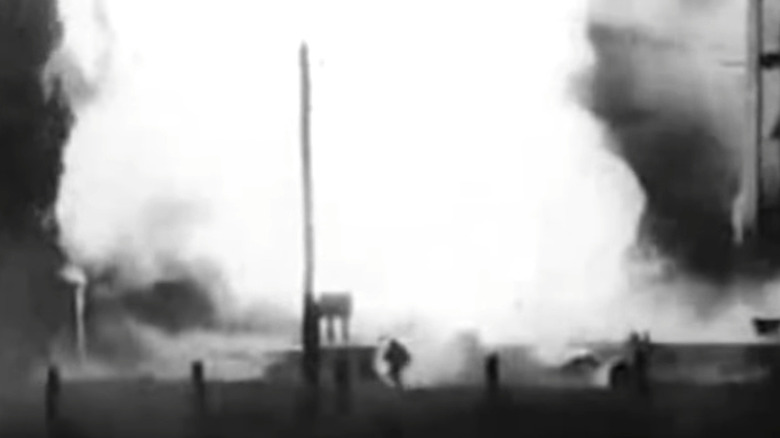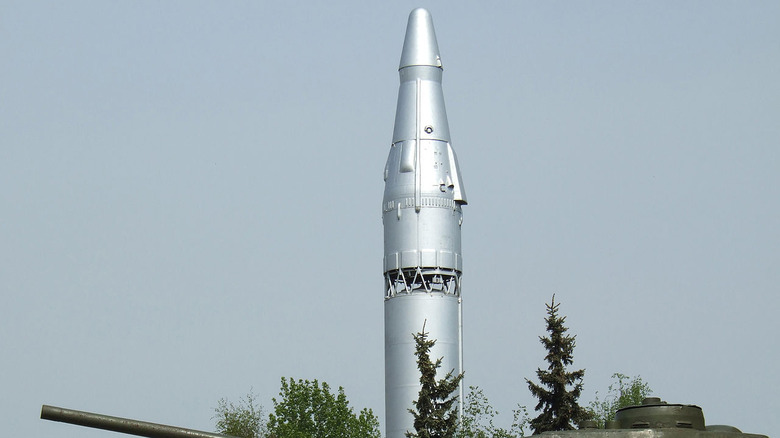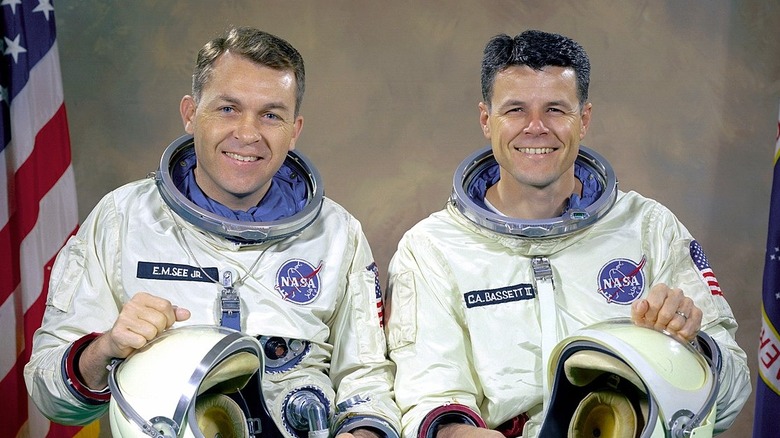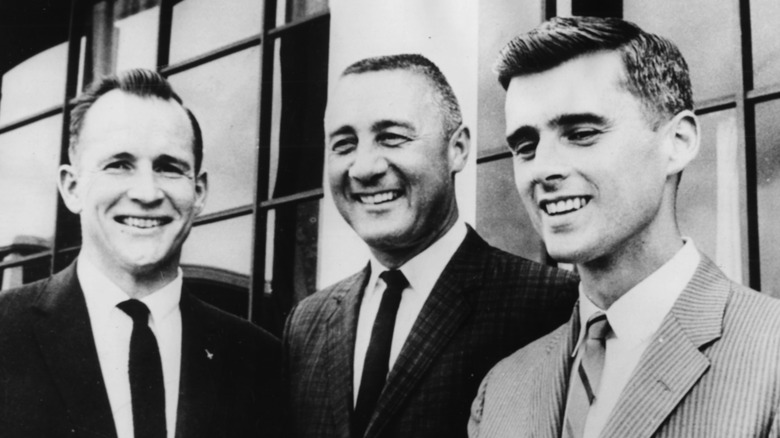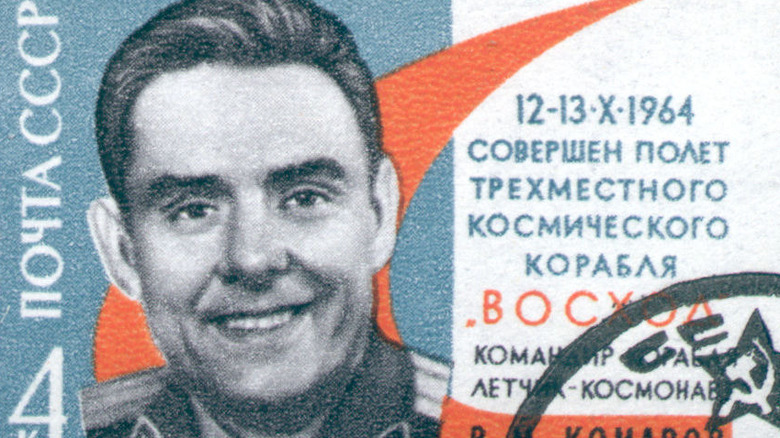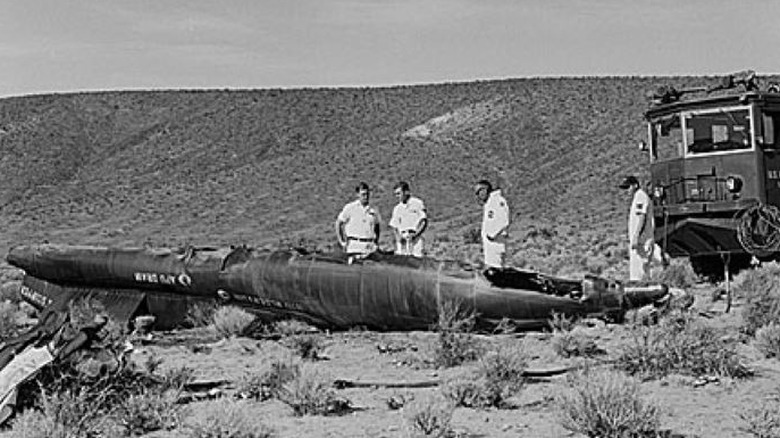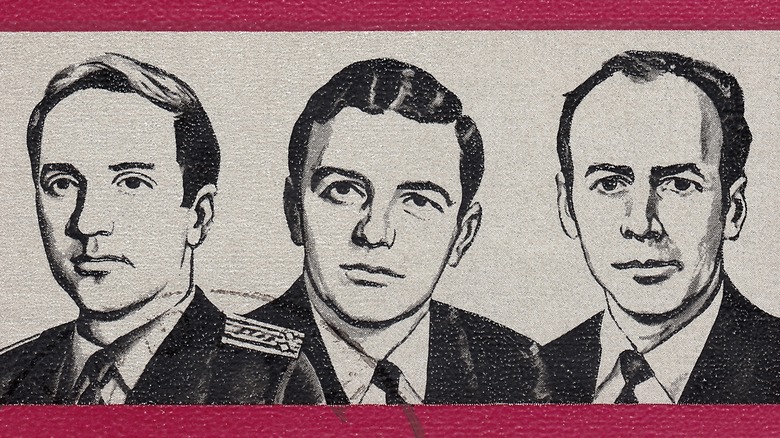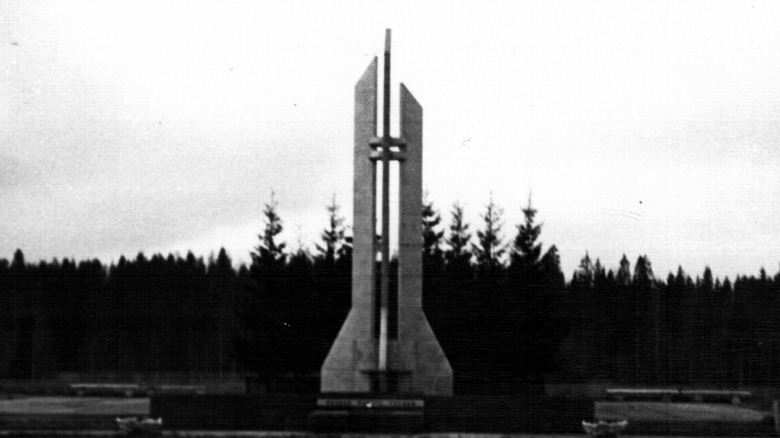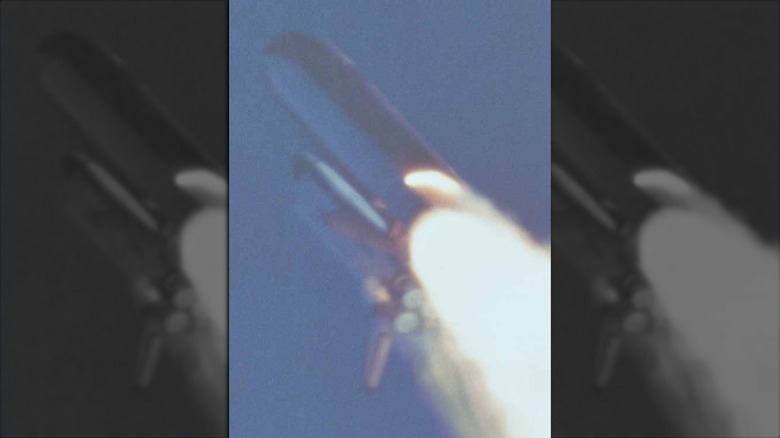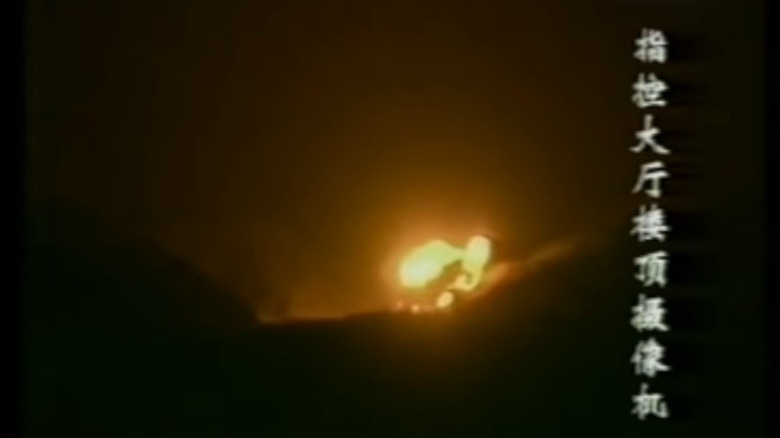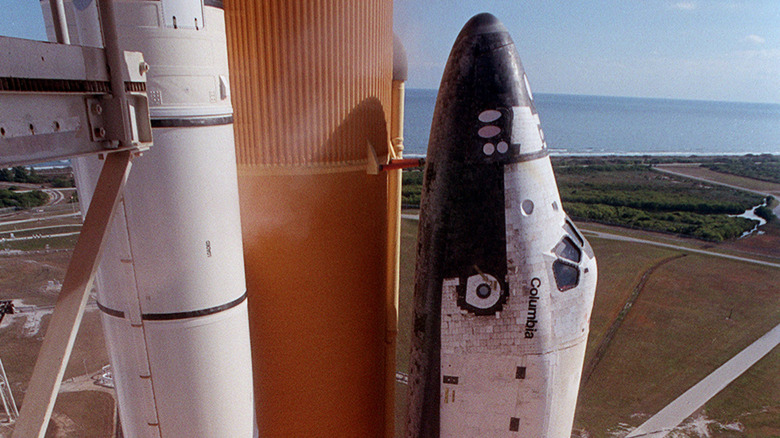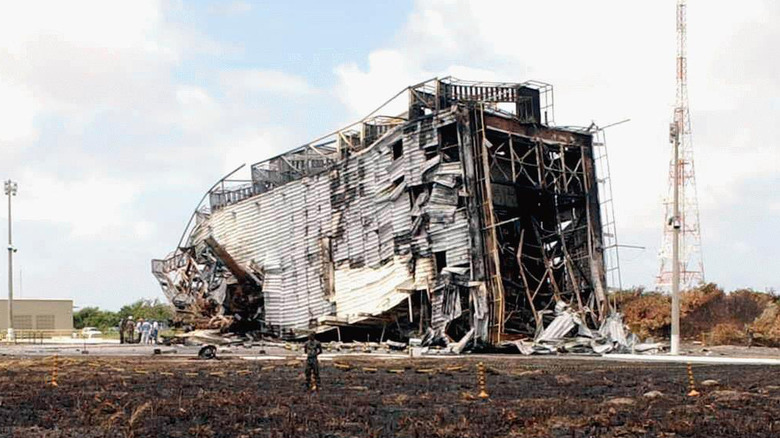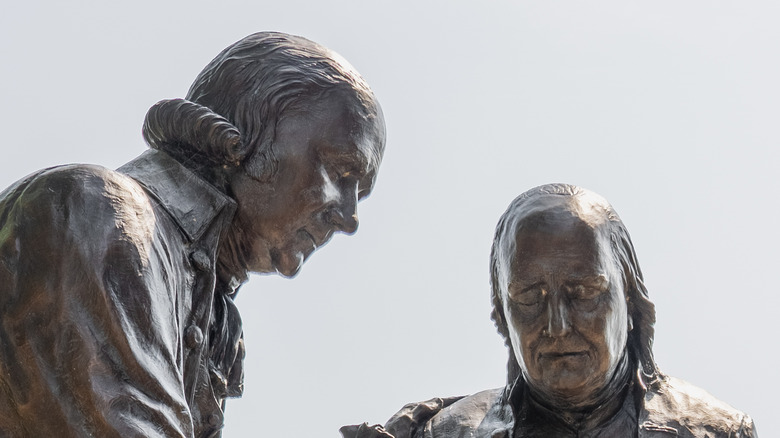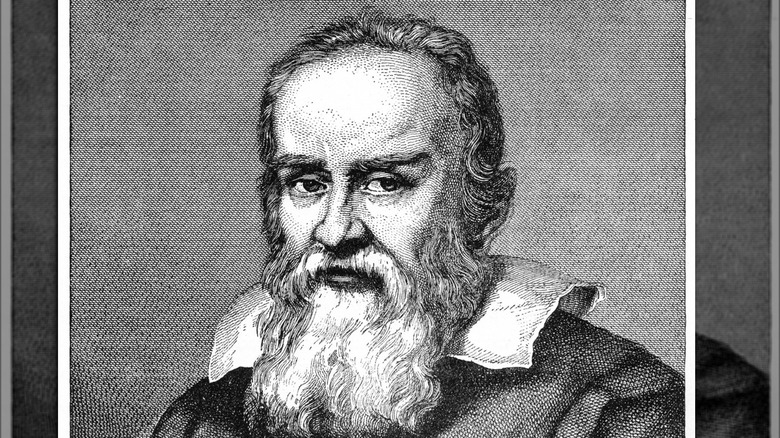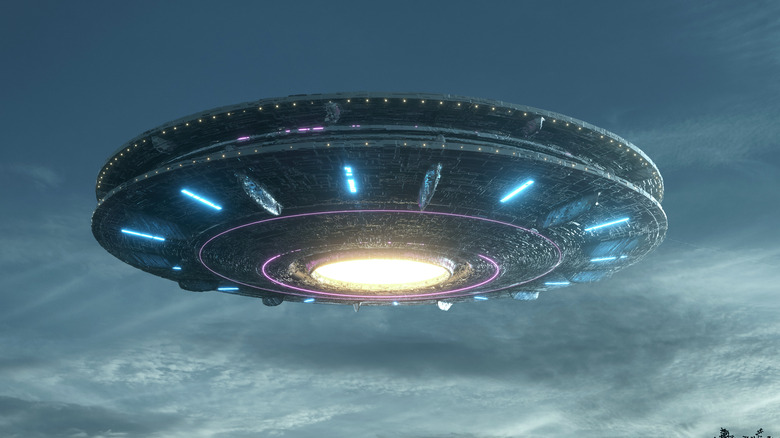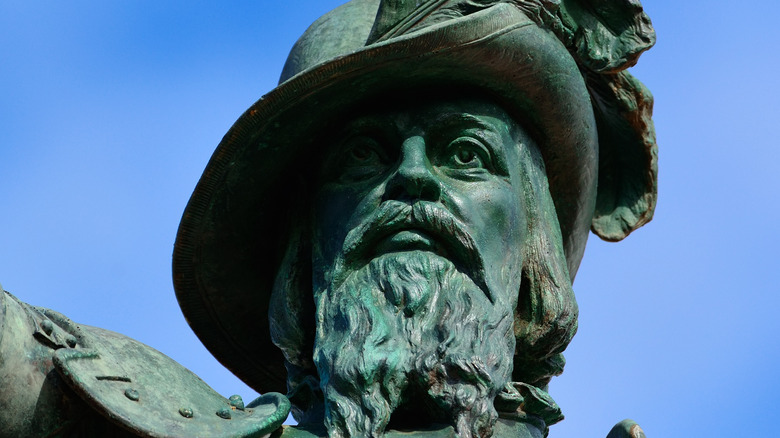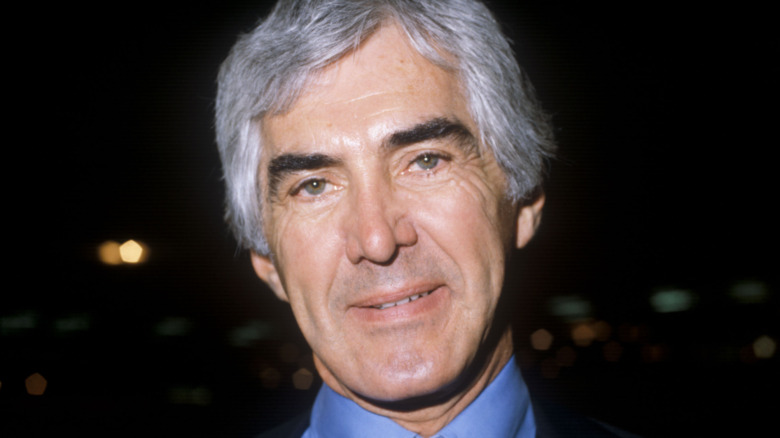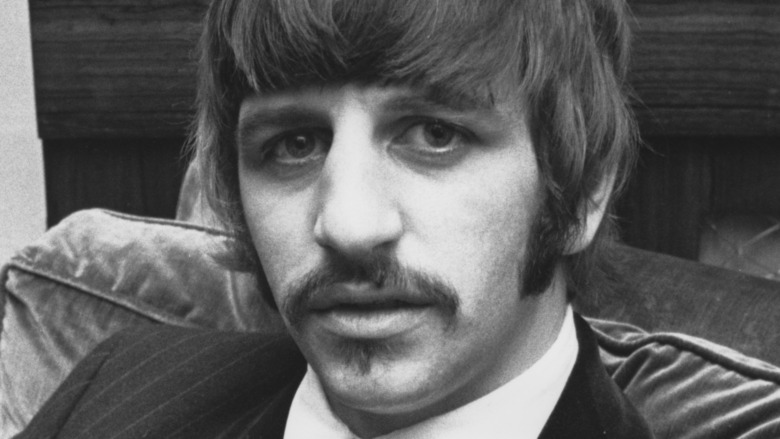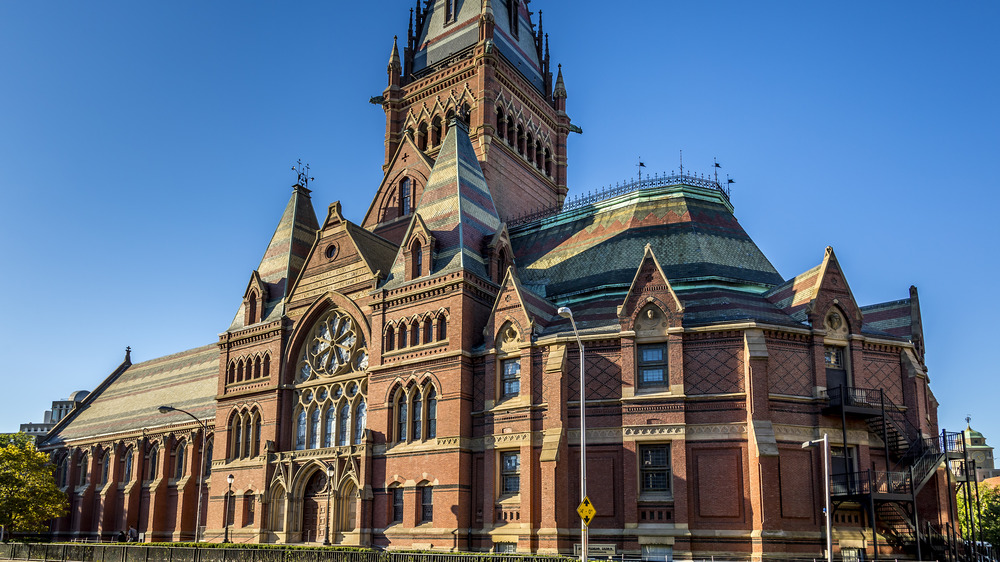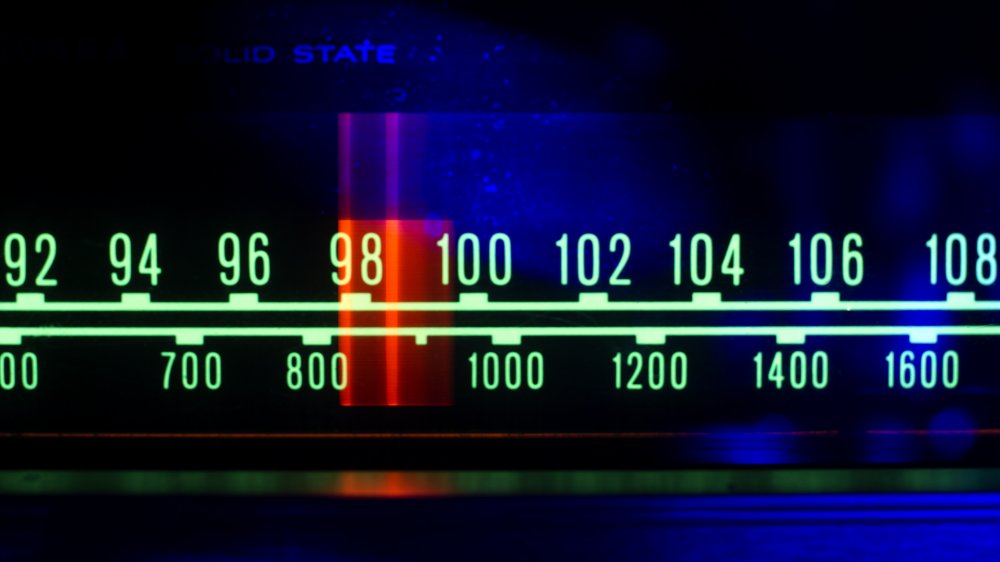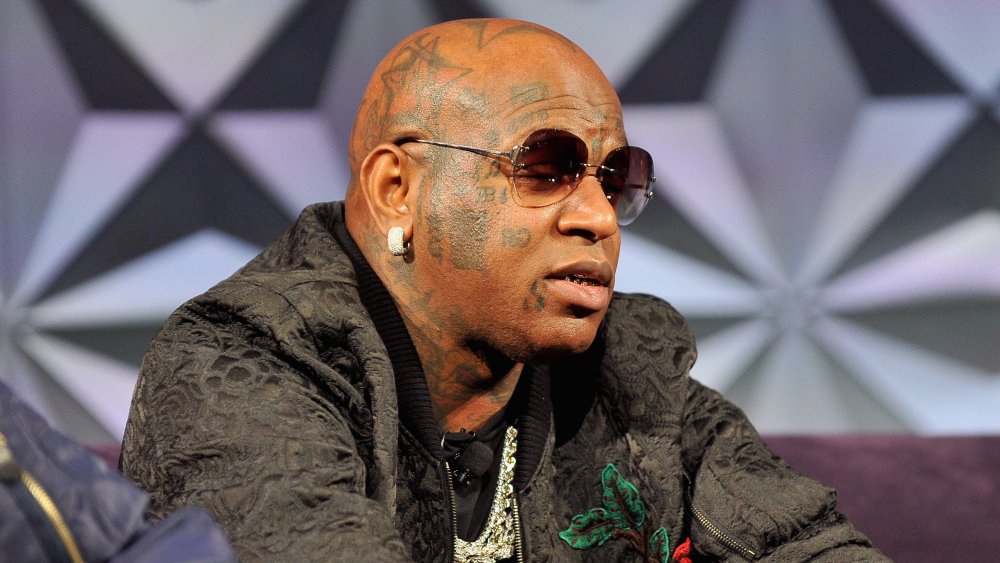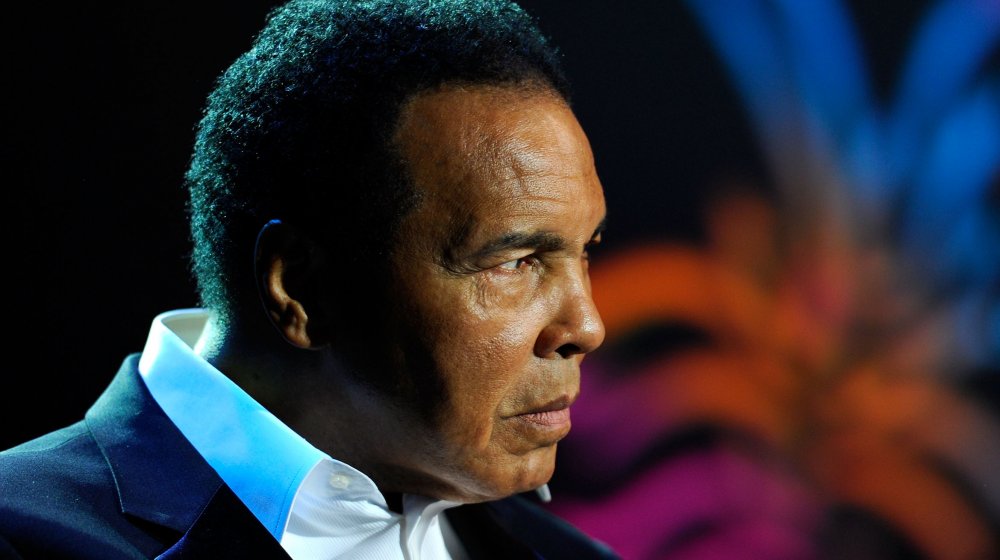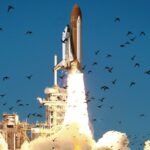
The Biggest Disasters In Space History
Since the dawn of civilization, man has been fascinated with the stars. Some experts even say that astronomy is the oldest science; records dating back to 1600 BCE show how people have been studying eclipses, stars, and planetary positions (via FlipScience). Over the decades, humanity has demonstrated that it doesn’t just want to look at the cosmos but also explore it. That’s why space science has made many great leaps in such a short span of time, from artificial satellites to commercial space flight.
Sadly, the field of space exploration didn’t get to this point without a number of unfortunate accidents … and fatalities. Whether they’re the results of serious miscalculations, human arrogance and obstinacy, or just freak accidents that nobody foresaw, there are numerous examples of space exploration-related incidents that led to deaths — tragedies that, more often than not, could have been prevented.
Here are some of the biggest disasters in space history: what caused them, what the world’s space agencies learned from them, and the people who paid the price.
The Nedelin catastrophe (1960)
During the nascent years of the Space Race, a Soviet military leader’s risky mandate led to an unprecedented disaster. Likely aiming to get ahead of the Americans, Chief Marshal Mitrofan Nedelin ordered the acceleration of the R-16 intercontinental ballistic missile’s development. According to Air & Space Magazine, he reportedly wanted the team working on it to finish it in time for the Soviet revolution’s 43rd anniversary, which was a staggering eight months before its original projected launch date.
Workers made it their priority to speed up the process, ignoring risks and bypassing crucial safety protocols. Sadly, this included working on a fully fueled missile while it was on the Baikonur Cosmodrome launchpad — a mistake that proved to have lethal consequences on October 24, 1960, when the missile’s second stage — still attached to its first stage — suddenly fired, leading to an explosion on the pad. This incident claimed the lives of about 100 people working on and around the missile, including Nedelin himself.
The investigation was kept hush-hush by the authorities, and the bereaved families were instructed to stay silent. Journalists from Europe sensed that something terrible had happened “in Siberia,” while the United States obtained low-quality photos of the scorched site through a spy satellite, wrote James Oberg for Air & Space Magazine in 1990. Regardless, it took two decades before more details about the tragedy became public knowledge.
The R-9 Desna disaster (1963)
It’s reasonable to think that the 1960 R-16 missile disaster at Baikonur Cosmodrome should have led to the adoption of stricter measures to prevent such incidents from ever happening again. As it turned out, it wasn’t enough. Three years later, on the exact same day, another terrible tragedy took place — one that was enough for Russian authorities to permanently mark October 24 as a day on which they would never launch rockets again (via Advantour).
According to the National Technical University of Ukraine, a team at Baikonur were conducting comprehensive tests on another Soviet rocket, the Korolev Rocket R-9A, in Court 70’s mine launcher. (It’s worth noting that the official website of the President of Russia states that the incident took place during “routine maintenance.”) A “large concentration of oxygen fire” in the launcher silos, said to be the result of a short circuit and evaporated fuel components, claimed a total of eight lives. The Kremlin identified seven of them as soldiers, while one was a civilian expert.
To this day, Russian soldiers honor October 24 by ceasing any rocket launches or other important space-related work at Baikonur. Bringing flowers to the park also became part of the routine that Russian military forces observe to honor those who died in the disaster.
The Gemini 9 training jet crash (1966)
On February 28, 1966, astronauts Elliott See Jr. and Charles Bassett II boarded a T-38 military training jet. Based on the account of the St. Louis Post-Dispatch, it was meant to be an ordinary day of preparing for their upcoming space mission. Gemini IX, the seventh crewed flight in the Gemini program, was slated to take place in May that year. What they weren’t counting on, however, were the less-than-ideal weather conditions on that fateful day. See, who was piloting the plane, had trouble gauging how high they should be flying in order to land safely on Lambert Field in St. Louis, Missouri.
In See and Bassett’s attempt to land safely on the runway, the training jet accidentally hit the roof of Building 101, aka Gemini Space Operations, which housed their space exploration vehicle. The plane crashed, tumbled, hit a nearby construction yard, and exploded. Both pilots perished. In addition, falling debris from Building 101’s ceiling hit about a dozen employees inside.
An in-depth investigation on the tragedy took place, led by Alan Shepard, the first American to travel into space, and U.S. Air Force pilot Donald “Deke” Slayton. Three months after the incident — the same month See and Bassett were scheduled to fly into space — the investigative committee concluded that the accident was a combination of terrible weather and a miscalculation on See’s part. According to NASA, the graves of the two original Gemini IX crew members are in Arlington National Cemetery.
The Apollo 1 tragedy (1967)
According to NASA, the Apollo Command Module became a “highly reliable craft” for Moon exploration due to crucial revisions in its design. Sadly, these changes were implemented as a result of a tragedy that claimed the lives of the three men slated to be on the mission’s first manned flight.
On January 27, 1967, at 1:00 PM, astronauts Roger Chaffee, Gus Grissom, and Ed White participated in a preflight training session in the module at Cape Canaveral. It was about a month before their scheduled mission, Apollo 204. During the session, the module was mounted on an unfueled rocket. It probably could have been safe, had it not been for three problems: a “sour smell” that Grissom detected in the spacesuit loop, a “high oxygen flow indication,” and communication line issues (via the Smithsonian National Air & Space Museum). Five and a half hours later, a fire broke out in the cockpit, which subsequent investigations indicate started from a short circuit. The astronauts were trapped inside the module due to a hatch door that was quite hard to open; experts say that they died within the first half-minute of the fire while sustaining serious burn injuries and inhaling smoke.
For about a year and a half, the Apollo program experienced a huge safety upheaval: a new hatch design, better record-keeping of spacecraft repairs and mods, and even replacing the flammable components with “self-extinguishing” parts. And to honor the three astronauts, Apollo 204 was officially named “Apollo 1.”
The Soyuz 1 tragedy (1967)
When Russia launched Soyuz 1 on April 23, 1967, it had a single passenger: Col. Vladimir Komarov, who had previously served as the commander of the Voskhod space flight mission in 1964 (via Wonder Dome). This earned him the distinct honor of being the first cosmonaut to fly into space twice. Tragically, his ill-fated return to Earth bestowed upon him another unforgettable bit of recognition, as stated by NASA: He became the first person to ever die during space travel.
Based on Space Safety Magazine’s account, Komarov was already aware of problems in the spacecraft almost as soon as it was launched: a problematic one-panel configuration, a halved power supply due to failure in deploying the left solar panel, and compromised craft stability due to malfunctioning sensors. Soyuz 1 rapidly started to lose power, so Russia decided to bring the craft back to Earth the next day. Due to Soyuz 1’s faulty control system and peculiar shape, Komarov struggled to manually orient the craft during re-entry.
Unfortunately, the main parachute of the craft failed to deploy — and what was intended to be a safe landing for the aircraft became a high-speed, head-on collision with the ground. When Soyuz 1 crashed, its solid fuel rockets exploded, obliterating everything in it and killing Col. Komarov.
The ill-fated flight X-15 Flight 3-65-97 (1967)
On November 15, 1967, U.S. Air Force major Michael James Adams prepared to take his seventh flight in the North American Aviation X-15 hypersonic craft (via This Day in Aviation). He would be piloting the jet dubbed X-15-3. According to the NESC Academy, X-15-3 was unique in that it had “advanced pilot displays, an adaptive flight control system, and an advanced reaction control system.” And since Adams was no stranger to handling the plane, X-15 Flight 3-65-97 (aka X-15 Flight 191) was expected to be a safe one for him.
Sadly, this was not the case: The engine ended up running for just 3.3 seconds longer than the initial flight plan, causing the plane to fly slightly faster than intended and overshoot its projected altitude. Worse, X-15-3 experienced a malfunction in its Inertial Flight Data System, causing it to improperly execute Adams’ controls and go into a spin upon descending to 230,000 feet. The plane subsequently crashed in a remote area about 5.5 miles from Randsburg, California. Adams did not survive.
NASA’s investigation revealed “an electrical disturbance originating from an experiment package using a commercial-off-the-shelf (COTS) component that had not been properly qualified for the X-15 environment” (via This Day in Aviation) as the cause of the accident. And because Adams’ flight had actually surpassed 50 miles of altitude, he posthumously received the United States Astronaut Badge, an award given to individuals who have successfully conducted a spaceflight (via NASA).
The deaths of the Soyuz 11 cosmonauts (1971)
A pollen allergy saved the lives of three men — and doomed three others to go down in history as the first (and, to date, only) humans to die in space.
According to Astronomy Magazine, when doctors suspected that cosmonaut Valeri Kubasov had tuberculosis, he and his crewmates Pyotr Kolodin and Alexei Leonov (aka the first person to ever go on a spacewalk) were taken off the Soyuz 11 mission three days before their flight. A backup crew filled in for them, composed of Georgi Dobrovolski, Vladislav Volkov, and Viktor Patsayev. The launch took place on June 6, 1971; what followed were three weeks of experiments aboard the first space station, Salyut 1.
However, tragedy struck when they reached Earth on June 30: A leak had caused sudden decompression, killing all three crew members in less than two minutes. When rescuers recovered the spacecraft, they saw a gruesome sight upon opening the hatch: “All three cosmonauts lay dead in their seats, with blue splotches on their faces and blood trickling from their noses and ears.”
As tragic as their fates were, the three cosmonauts did not die in vain. Their deaths made both Americans and Russians realize the true dangers of space travel. They also prompted the implementation of better safety features in later Soyuz crafts.
The Plesetsk launchpad disaster (1980)
It took nine years for the world to find out about the horrific accident that took place at Site 43 of the Plesetsk Cosmodrome: An explosion that killed 48 people, which the Soviet government managed to keep a secret with the help of dishonest news coverage (via the BBC).
A Soyuz rocket carrying a military reconnaissance satellite was scheduled for launch on March 18, 1980, at 9:16 PM. Sadly, hours before the launch, the rocket exploded on the launchpad, alongside tanks full of kerosene and liquid oxygen. Dozens perished on the spot. A handful were sent to the hospital, although some eventually died of their burns. Even the survivors didn’t have it easy, as they sustained serious burns and damaged to their respiratory system. Some even called it “the second-worst known space disaster ever in terms of lives lost,” according to UPI.
According to the state’s investigative commission, it was caused by an “operator error” and escaping liquid oxygen. However, a TV program that looked into it independently concluded that oxygen peroxide had leaked because of the rocket’s fuel filters. Despite this terrible event, the government pushed the narrative that the launch was a success, with the help of state media organizations. The findings about this accident stayed as classified information until 1989.
Space Shuttle Challenger (1986)
Initially designed to be a “high-fidelity structural test article,” Space Shuttle Challenger was used in nine crucial missions from 1983 to 1986, including the Space Shuttle program’s first spacewalk, the launch of the first American woman (Sally Ride) and first African-American (Guion Bluford) into space, and the first Space Shuttle landing at Kennedy Space Center (via NASA).
Challenger’s 10th launch, scheduled on January 28, 1986, was meant to make history once more: Its seven-person crew included Christa McAuliffe, who would have been the first teacher to go into space. Unfortunately, tragedy struck 73 seconds after the shuttle’s launch. As Space.com recounts, Challenger broke up and exploded as the world watched in horror. It took several weeks to recover the astronauts’ remains, some of which could not be identified.
An investigation revealed that the below-freezing temperatures that day degraded a rubber seal on the solid rocket boosters, and that the Challenger disaster could have been avoided if NASA had picked a different day for the launch. This exposed shortcomings in NASA’s safety protocols and its “unsustainable launch rate” (via Space.com), prompting the agency to make serious technical and operational changes. A monument honoring the crew stands at Arlington Memorial Cemetery.
The Intelsat 708 incident (1996)
A 2014 paper published in Colorado Law Review shares some details about the failed launch of the Intelsat 708, a telecommunications satellite created by Space Systems/Loral. On February 15, 1996, the Long March 3B rocket carrying the satellite was launched from China’s Xichang Satellite Launch Center.
Unfortunately, the rocket tipped over, veering off course for 22 seconds before crashing. (Alleged footage is shown above.) Experts say that it likely hit a nearby hillside village. At least six people were killed in the incident, and 57 were injured, the Chinese government’s Xinhua news agency reported (via The Space Review). However, U.S. experts say that the accident may have actually killed 300 to 500 people, based on population estimates and the crowd that gathered near the crash site the previous night. There were even reports of buildings being seriously damaged or destroyed near the site, as well as numerous medical response teams taking what seemed like “human remains” to the hospital.
A subsequent investigation revealed that the Long March 3B’s guidance system was faulty; technical improvements were made to increase the rocket’s reliability. To this day, the actual death toll of this incident remains uncertain.
Space Shuttle Columbia (2003)
Columbia made history on April 12, 1981, as the first Space Shuttle to fly in space. For over two decades, it completed important research, construction, and satellite deployment missions. Sadly, the research-dedicated STS-107 mission became its final flight — one that was doomed from the start by a piece of foam.
On January 16, 2003, approximately 82 seconds after Columbia’s liftoff, a foam ramp “the size of a briefcase” fell from the shuttle’s external tank (via the BBC). As evidenced by video footage, it struck the vehicle’s left wing, damaging its protective heat shielding. Mission managers decided that repairing the wing was near-impossible at this point and did not inform the crew about it. When Space Shuttle Columbia returned to Earth on February 1, 2003, it broke apart upon re-entry due to the heat. None of the astronauts survived.
Weeks of searching followed, and teams were only able to recover about 40% of Columbia (based on its weight), including the crew’s partial remains, across 2,000 square miles (via Space.com). Space shuttle flights ceased for over two years while an investigation board looked into the tragedy. Shockingly, it revealed that NASA had known about the foam problem for years, earning the agency harsh criticism and backlash. Quartz notes the board’s conclusion that sending another orbiter to save the crew would have been an option, albeit an equally risky one. The Space Shuttle program was terminated in 2011; nowadays, “space taxi” services fly astronauts up to the International Space Station.
The Alcântara VLS accident (2003)
Prior to 2003, the Brazilian Space Agency had tried to launch a rocket into space twice in 1997 and 1999. However, both missions ended in failure as technical problems doomed the rockets right after liftoff (via Australian Broadcasting Corporation News). On August 22, 2003, the agency conducted a third launch at the Alcântara Launch Center, aiming to send its VLS-1 rocket into space with two smallsatellites as its payload. A successful launch would have made the country the “first space power in Latin America,” according to the Los Angeles Times
However, during some final pre-launch tests, an unintended propellant ignition in one of the rocket’s four engines caused it to explode on its launch pad, resulting in at least 21 casualties, most of whom were civilian technicians, and 20 injuries (via CBS News). Australia’s ABC News reported that the base’s deputy director died in the explosion, along with 10 mid-level technicians and 11 experts from the Center for Aeronautical Technology.
An article published by Folha de São Paulo stated that the government looked into the possibility of sabotage at the hands of French spies but could not find any evidence to confirm their suspicion.
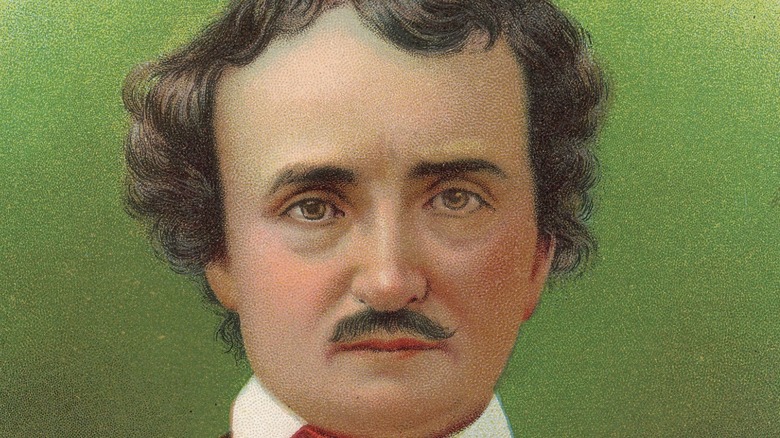
How Edgar Allan Poe Got Kicked Out Of The Army
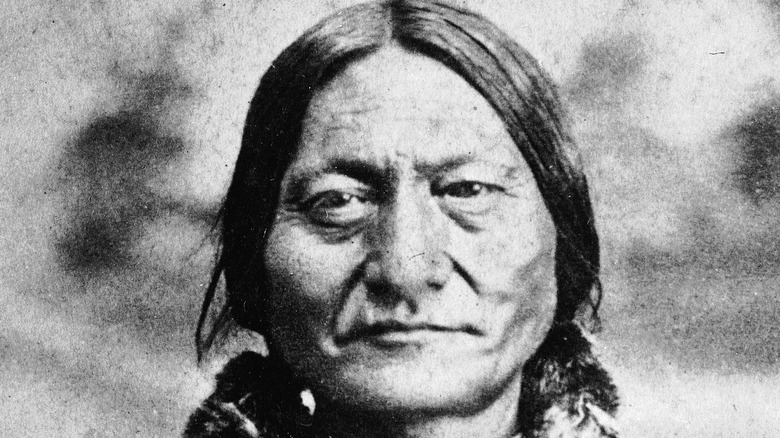
The Truth About Sitting Bull And Annie Oakley's Relationship

What Happened To Billy Milligan After He Was Acquitted?

Inside The Bizarre Legal Case Of The Count Gero Of Alsleben
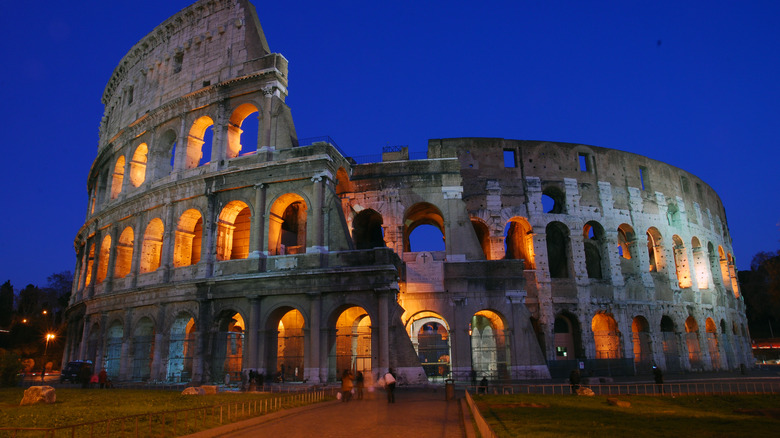
These Were The Most Common Pets To Have In The Roman Empire
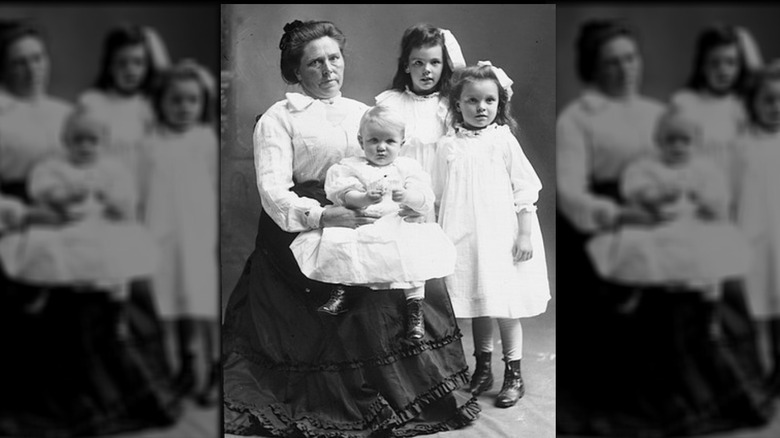
The Truth About Belle Gunness' Lover And Accomplice, Ray Lamphere
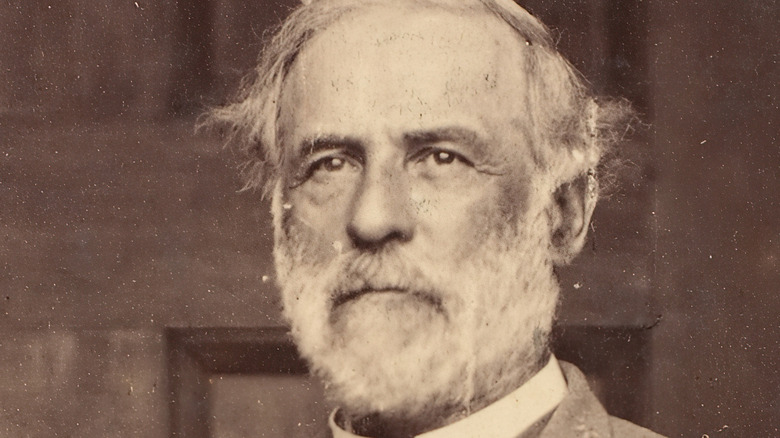
Why Robert E. Lee Couldn't Scare Off Ulysses S. Grant

How Much Money Jeffrey Dahmer Made In Prison
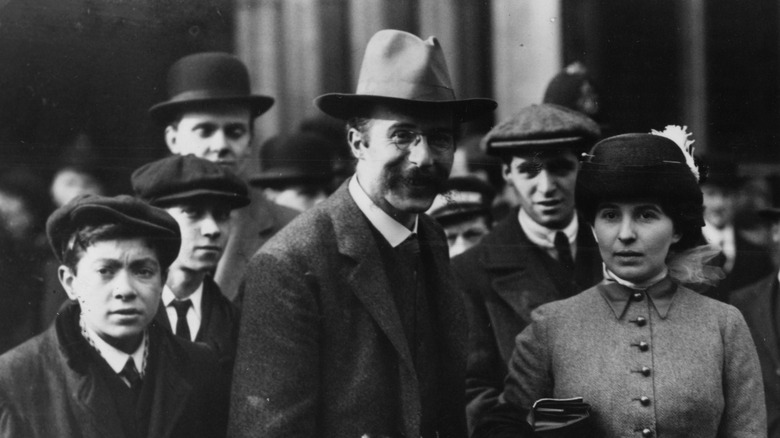
The Double Life Of The Children's Author Who Spied For The British
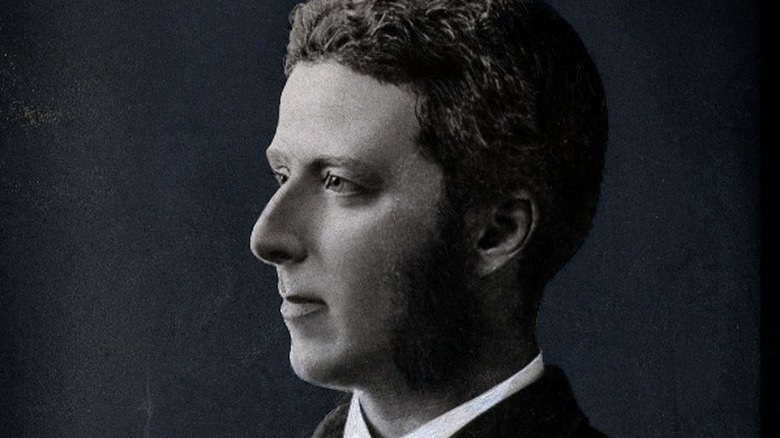
How Dr. Joseph Bell Became The Real-Life Sherlock Holmes
